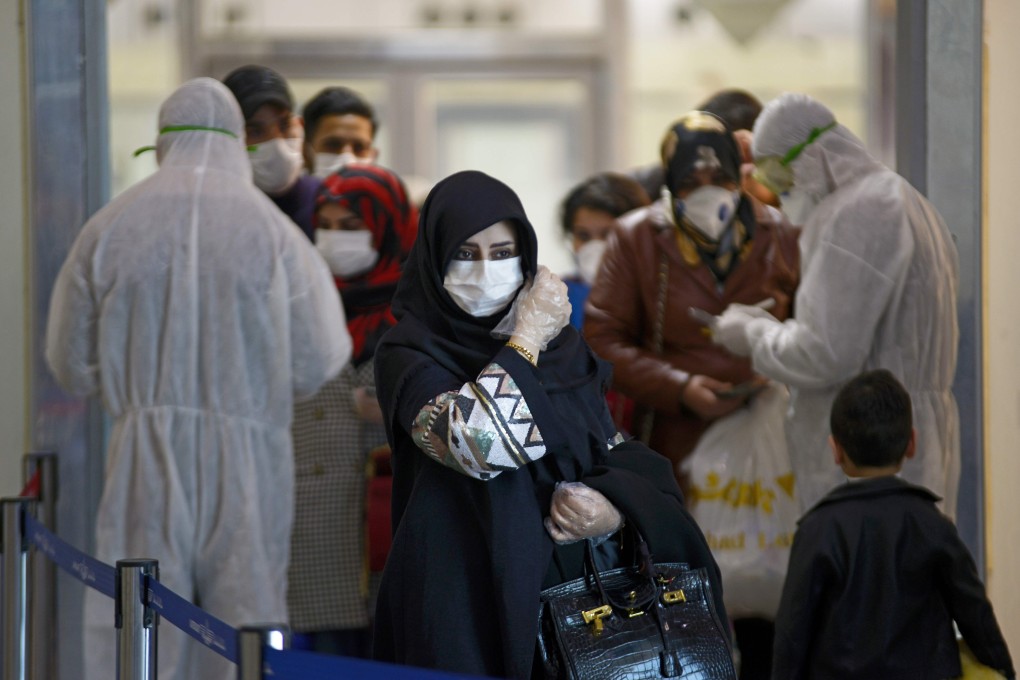Advertisement
Global coronavirus infections could increase tenfold every 19 days, Chinese study says
- Nation’s leading geneticist Jin Li calls on the world to ‘take strong actions on public health, using experiences learned from China and Singapore’
- Chilling forecast based on simple linear model, though research has yet to be peer-reviewed
Reading Time:3 minutes
Why you can trust SCMP

The number of coronavirus cases outside China will increase tenfold every 19 days if no drastic measures are taken to contain its spread, according to a study by a team of Chinese scientists.
The research, headed by leading geneticist Jin Li at Fudan University in Shanghai, also traced the spread of the virus outside China back to just 34 “unobserved carriers”.
Jin, who is known as China’s “DNA hunter”, said some of those carriers might be asymptomatic and have been present before or about the same time as the coronavirus was first detected in the central Chinese city of Wuhan.
Advertisement
The research paper, which has yet to be peer-reviewed, was published on Monday on Medrxiv.org – a preprint server for health sciences – and was based on data collected until the end of February.
While Jin’s forecast might seem gloomy, the World Health Organisation on Thursday reported 14,768 confirmed cases outside China, or more than 21 times the 683 it reported on February 16.
Advertisement
Advertisement
Select Voice
Choose your listening speed
Get through articles 2x faster
1.25x
250 WPM
Slow
Average
Fast
1.25x